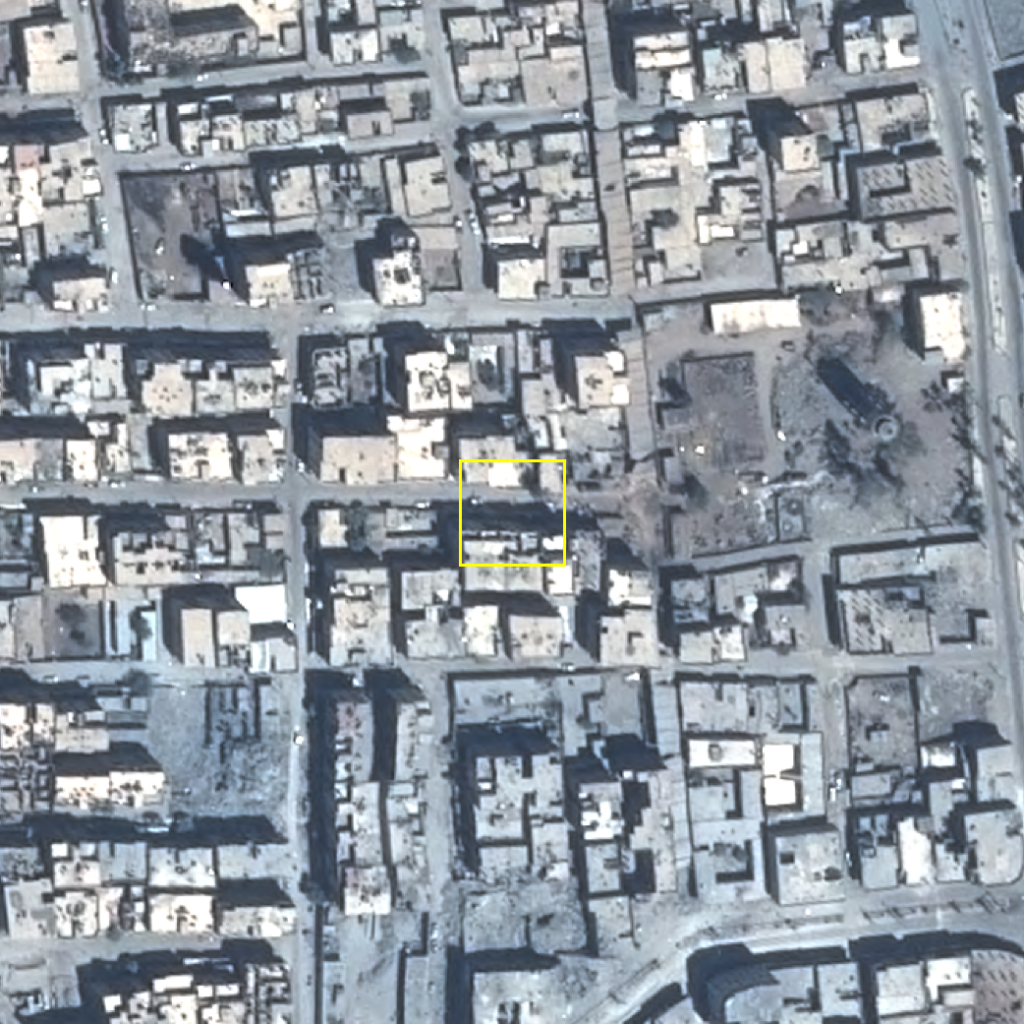Incident Code
Incident Date
Location
Geolocation
Geolocation
Airwars Assessment
(Previous Incident Code: S1173)
One civilian male was killed in an alleged Coalition artillery strikes on Raqqa.
Multiple sources described Mr Amiro as as a “judo coach and referee and head of the Technical Committee in Al Raqqa”.
Al hassaka rasd, Alraqqa ahlna, @AlHasakalhadth blamed artillery for his death. Airwars understands that only the Coalition is using artillery in Raqqa.
Amnesty and Airwars’s joint April 2019 report War in “Raqqa: Rhetoric versus Reality” reported that “Jamal Mohammed Amero, 50, was killed by an artillery strike on the street near his home.”
A witness named Amnar added that “Artillery was often raining down randomly on our area.”
In the first of their September 2020 civilian casualty reports, the US-led Coalition assessed reports that they were responsible for civilian harm in this strike as “non-credible”, stating that after a review of all available records it was determined that, more likely than not, civilian casualties did not occur as a result of a Coalition action.
Key Information
Geolocation Notes
Reports of the incident only mention the city of Raqqa (الرقة), for which the coordinates are: 35.9505639, 39.0094148. Due to limited satellite imagery and information available to Airwars, we were unable to verify the location further. Amnesty reported that Google Earth detected major damage after 2017/08/01-2017/08/07.

Before strike. (via Amnesty)

After strike. (via Amnesty)

